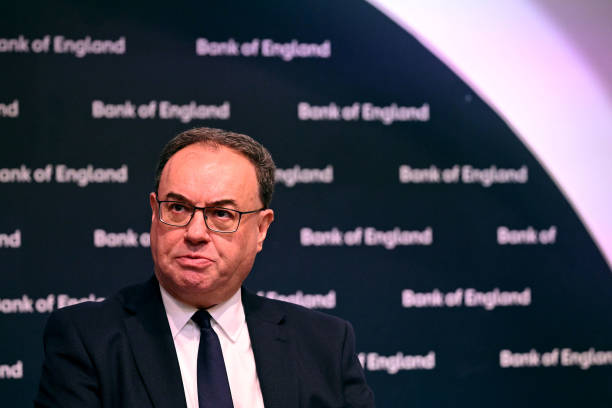We’re living with the impact of a decade of a Goldilocks approach to interest rates

We are in an hangover era of monetary policy, recovering from a period when bad news was considered good news by investors. We must work to change that outlook, writes Charles White-Thomson
The last decade will not be looked back on kindly by financial historians. A period of ultra-loose monetary policy, industrial sized quantitative easing and cheap debt or money has created a generation of investors and corporates with a dependency on financial stimulation, an overly optimistic attitude to portfolio performance and a general lack of risk management.
This cheap money has triggered rampant inflation and asset bubbles. In other words, boom or bust. It has also had its hand in suppressing productivity. The Goldilocks era, as I like to call it, was powered by overly supportive central banks and pervasive moral hazard. I draw inspiration from an excellent 5000-year chart showing interest rates and the standout period or race to zero during our Goldilocks era. As a reminder, rates in the United States bottomed out at 0.25 basis points and the United Kingdom at 0.10 basis points – rocket fuel for a stimulated and stimulant hungry market. If you need more evidence, then there is the United States Federal Reserve Balance Sheet as a percentage of GDP; it peaked at 37 per cent or $8.95tn late 2021 versus just above 6 per cent in 2007.
During the later phase of the Goldilocks era, investors – whether subconsciously or consciously – adopted the mantra that bad news is good news, as it triggered more interest rate cuts, or quantitative easing and further market stimulation. That is behind us for the time being, with both the Fed and the Bank of England continuing to raise rates.
We are now in a kind of hangover era of monetary policy. This has its own mantra, opposite to before: good news, including excess animal spirits, is bad news as it means the potential for further rate hikes and quantitative tightening. Riddle me that.
This underlines the dependency on stimulation. The hangover will be complex and challenging, with further shocks likely. The choreography of slowing inflation with the blunt weapon that are interest rates opens the way for policy failures either through overtightening or stepping back too soon.
The credibility of the central banks is of paramount importance, and they have had, in general, a challenging period. In years gone by all the central bank governors needed to do was raise a disapproving eyebrow to quell any mischief or disorderly behaviour. Of the two possibilities, marginally over tightening is preferable. Prematurely stepping back, and inflation rearing back up again, would be particularly damaging for these institutions.
For investors, there is more to it than just “buying the dip”, it has to be about understanding risk management, being familiar with how to make money when markets decline and being cautious of over-concentration.
We all want a return to a time when good news is good news, bad news is bad news and central banks are more traditional and balanced in their response. For the time being, normality is a bit too much to ask for, and investors will have to work hard for their returns.
We must learn our lessons from the Goldilocks periods, with a review of our monetary policy overseen by generalists and experts to understand the risks of sustained excess liquidity and an over accommodating monetary policy. This will be an opportunity to celebrate the wins and bold steps taken in the face of significant global stress and most importantly, a time to review the errors and the consequences, so we don’t repeat them.
